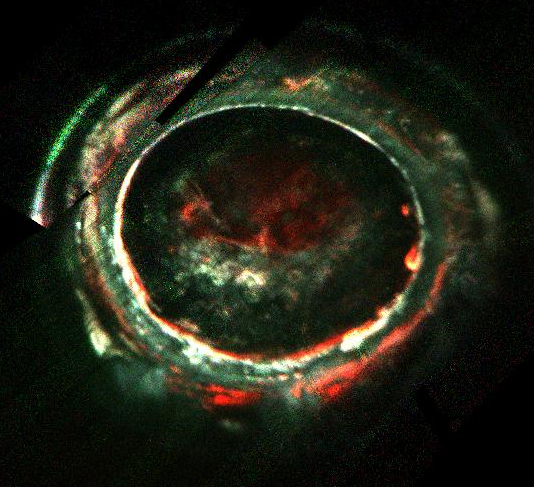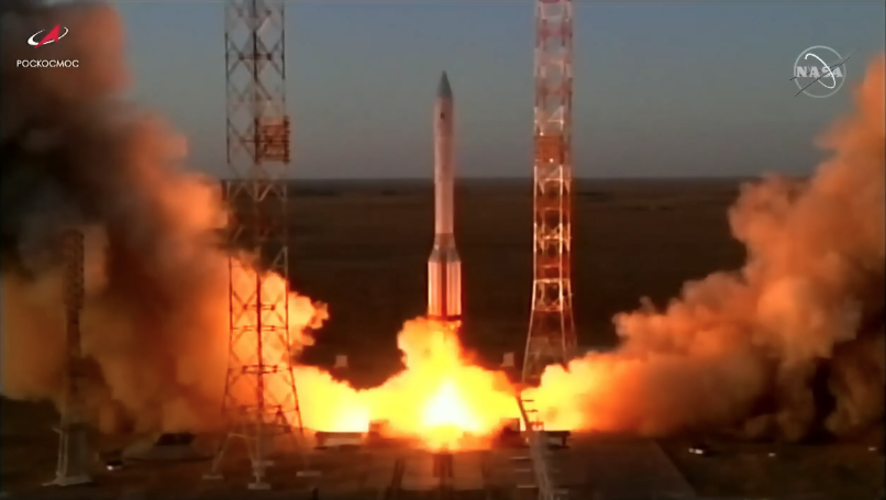Auroras come in many shapes and sizes. Jupiter is well known for its spectacular complement of bright polar lights, which also have the distinction of appearing in the X-ray band. These auroras are also extreme power sources, emitting almost a gigawatt of energy in a few minutes. But what exactly causes them has been a mystery for the last 40 years. Now, a team used data from a combination of satellites to identify what is causing these powerful emissions. The answer appears to be charged ions surfing on a kind of wave.
Ions have been fingered as the cause of the aurora for a long time, but it wasn’t clear how exactly they got into the atmosphere. To figure that out, first researchers had to figure out where the ions were coming from. A hint was found in the position of the aurora itself.
Image of auroras on Jupiter, as seen in X-ray by Chandra, one of NASA’s X-ray telescopes, in 2007.
Credit – X-ray – NASA/CXC/SwRI/R. Gladstone et al.; Optical – NASA / ESA / Hubble Heritage (AURA/STScI)
Earth-based auroras usually take place between 65 and 80 degrees latitude, but don’t exist beyond 80 degrees. At that point, the Earth’s magnetic field, which guides the ions into the atmosphere to create the auroras, joins up with the magnetic field created by the solar wind, and ferries the ions out to join the roiling sea of other particles passing by.
Jupiter, on the other hand, regularly has auroras that show up beyond that 80 degree line, and the auroras can appear differently at the northern and southern poles, whereas on Earth they would be similar. This all points to the idea of a “closed” magnetic field, which means that the magnetic field of a planet emanates from one point and rejoins the planet at another, without ever being tied into the magnetic field caused by the solar wind.
Dr. Becky explains Jupiter’s now solved aurora mystery.
Credit – Dr. Becky YouTube Channel
To test this new theory of how Jupiter’s magnetic field might be arrayed, Dr. Zhonghua Yao of the Chinese Academy of Sciences, Beijing, modeled different aspects of Jupiter’s magnetic field. The result most consistent with the varying, pulsating auroras seen in observations was a closed magnetic system where the gas giant’s magnetic field started at a pole, extended millions of miles into empty space, and then returned back to the planet.



